Content warning
This story may contain sensitive material or discuss topics that some readers may find distressing. Reader discretion is advised. The views and opinions expressed in this story are those of the author and do not necessarily reflect the official policy or position of Vocal.
Why does a Honey bee dies after stinging?
Honey bees
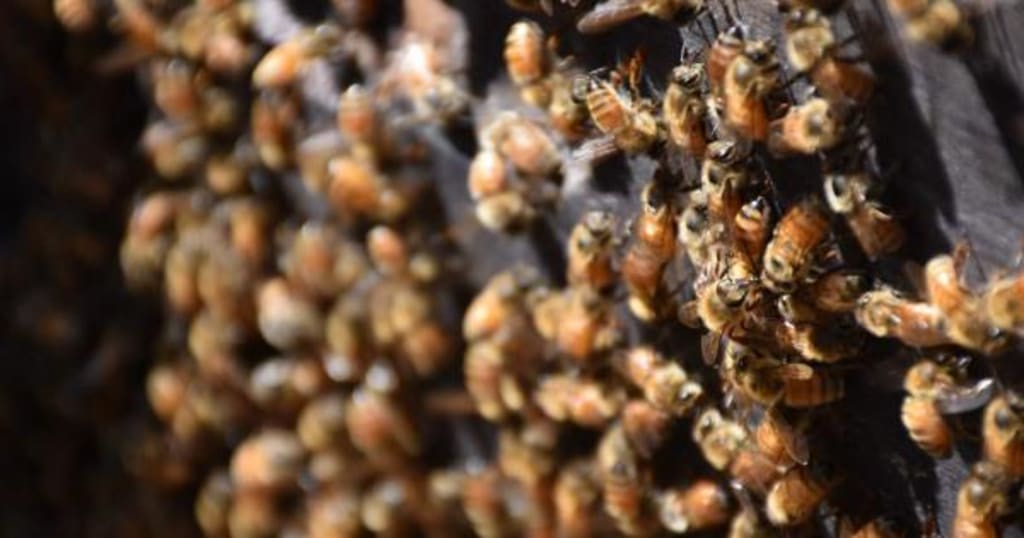
Certainly, let's delve deeper into the provided text and explore the intricate world of bee stings, bee behavior, and their significance in the natural order.
**The Nature of Bee Stings:**
Bee stings are a universal experience that many of us can relate to, and it's a sensation that leaves a lasting impression. The initial intense burning followed by prolonged discomfort and swelling is a testament to the potency of the venom delivered through that tiny stinger. However, the narrative takes an intriguing twist when we consider that it's the bee itself, particularly the honeybee, that pays the ultimate price for this defense mechanism.
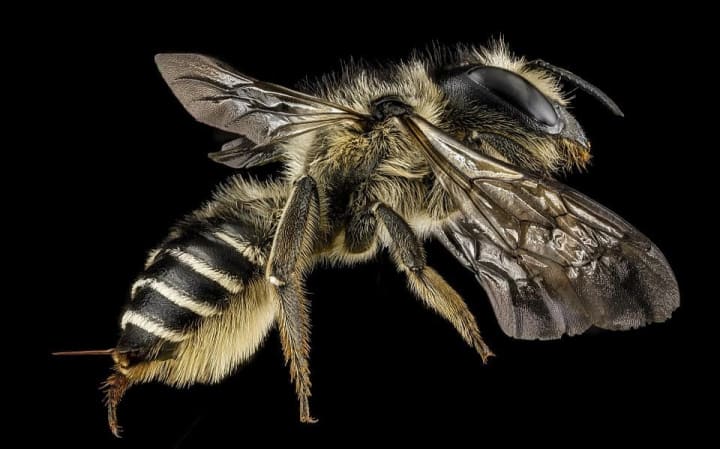
**Understanding Bee Behavior:**
One might wonder why an animal would evolve a self-defense mechanism that, paradoxically, is more fatal to itself than the threat it's trying to fend off. To unravel this enigma, we need to examine the intricate behaviors and instincts of bees. Bees, being highly social insects, have a complex set of rules and roles within their colonies. They diligently work to protect their hive, and it's not surprising that they are prepared to defend it at any cost.
The fact that bee stings are more likely to happen when we approach their hives or disturb them can be attributed to their unwavering commitment to hive protection. Their stingers, designed with barbed lancets, serve as a formidable deterrent against potential threats. Yet, it's essential to note that not all bees meet the same fate after stinging; only honeybees are equipped with this lethal stinger design.
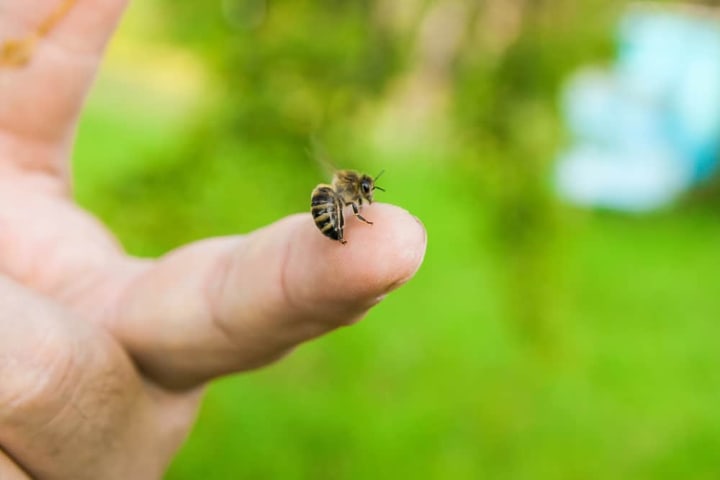
**The Honeybee's Sacrifice:**
When a honeybee deploys its stinger, it becomes a poignant example of self-sacrifice in nature. As the bee inserts its stinger into its target, the barbed lancets ensure that it can't retract the stinger, leading to a fatal outcome. When the bee attempts to fly away, not only does it leave behind its stinger, but it also loses a portion of its internal anatomy, causing its demise.
It's a tragic irony that when honeybees use this defense mechanism against insects that threaten their hive, they can successfully pull out their stingers due to the nature of the intruder's skin. However, in the case of mammalian skin, the barbs embed deeply, making stinger removal impossible without causing further damage. Hence, these valiant honeybees have no idea that their sting, intended to protect their colony, will ultimately result in their own demise.
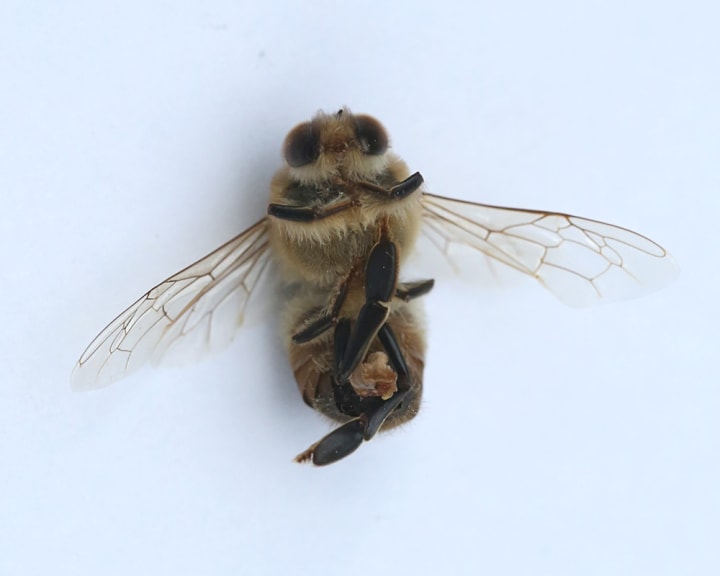
**The Science Behind Bee Venom:**
The pain and discomfort we experience from bee stings are primarily due to the venom injected into our skin, specifically a toxin called melittin. Remarkably, if you happen to be allergic to bee stings, it's often an allergic reaction to this particular toxin. Melittin sets off a chain reaction that results in the characteristic redness, swelling, and pain at the site of the sting.
One fascinating aspect of bee venom is its water-soluble nature. This characteristic allows it to disperse rapidly throughout the human body. Considering that approximately 60% of the human body is composed of water, the venom can spread widely, exacerbating the discomfort.
**Taking Action After a Bee Sting:**
For anyone who's ever been stung by a honeybee, there's an essential piece of advice: remove the stinger promptly. The bee's pulsating sacs, filled with melittin, continue to inject venom into the skin until they are removed. Procrastination in stinger removal only results in more melittin being injected, leading to increased itching and more severe swelling. Thus, the sooner you act to remove the stinger, the better you can mitigate the consequences of the bee sting.
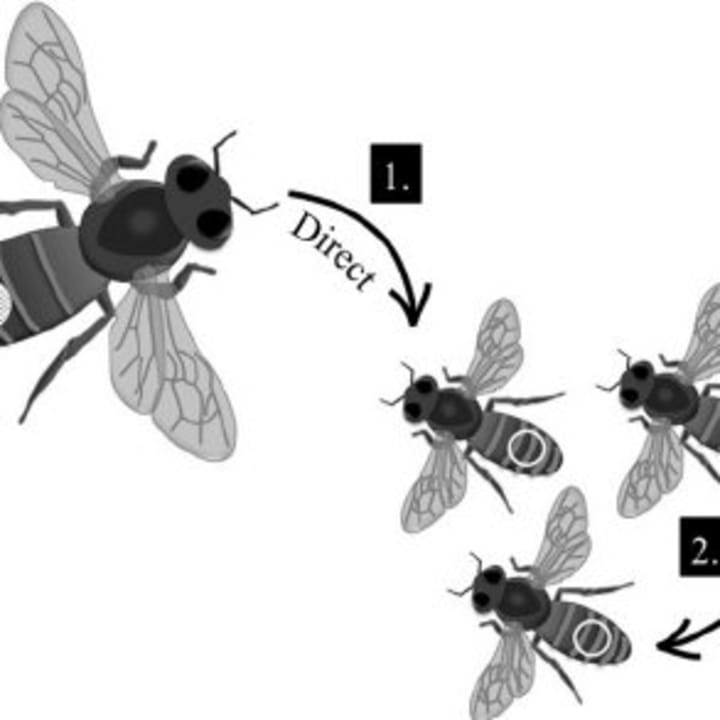
**Conclusion:**
The world of bees and their stinging behavior is not just a tale of painful encounters. It's a testament to the intricate and sometimes paradoxical workings of the natural world. Bees, driven by their unwavering dedication to hive protection, employ a defense mechanism that, while effective, comes at a grave cost to their own lives. The science behind bee venom adds another layer of complexity to this phenomenon, offering insight into the physical reactions it triggers in the human body.
Intriguingly, the world of bees extends far beyond stinging humans. Their social structures, behaviors, and interactions with other creatures continue to captivate scientists and nature enthusiasts alike. Bee stings, though painful, are a window into the delicate balance of life in the natural world, where survival often demands sacrifices, even from the smallest of creatures.
About the Creator
Enjoyed the story? Support the Creator.
Subscribe for free to receive all their stories in your feed. You could also pledge your support or give them a one-off tip, letting them know you appreciate their work.





Comments
There are no comments for this story
Be the first to respond and start the conversation.